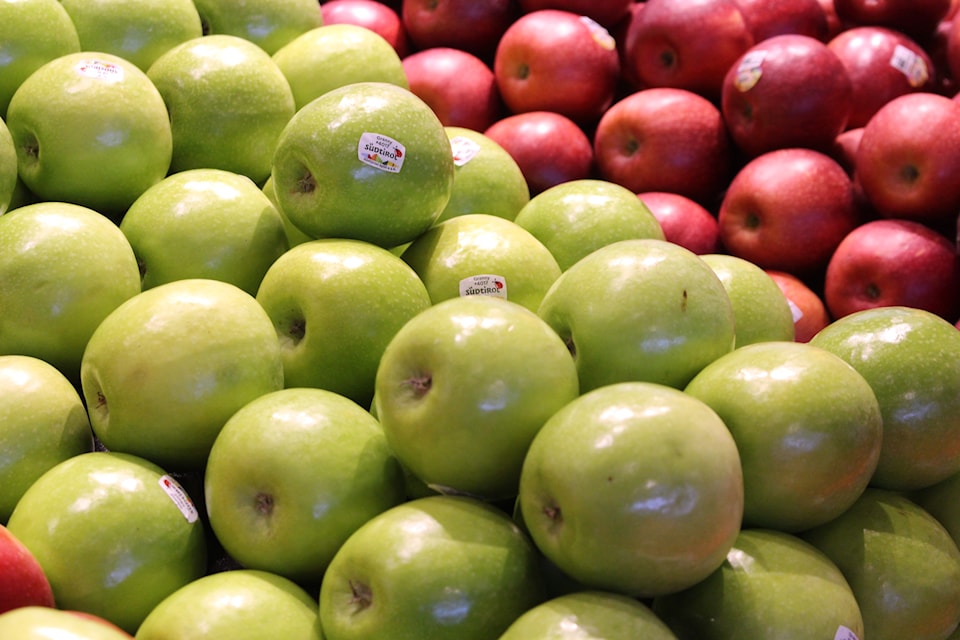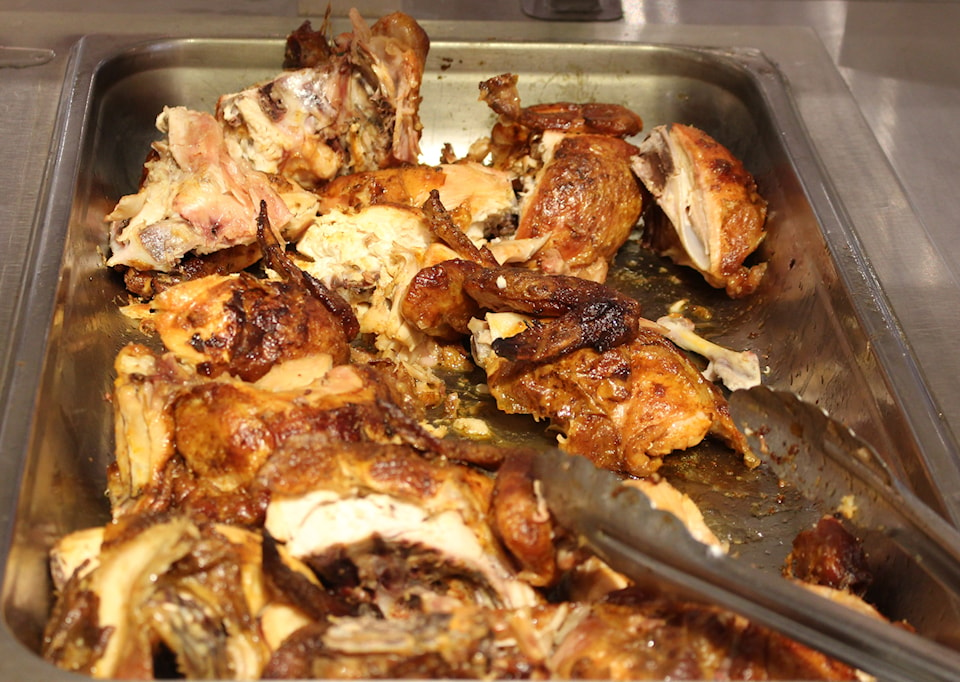
Where We Create, Build & Inspire
Scribe is a student-run publication based in the GTA that covers everything from social issues to culture and lifestyle. This spring, we tell stories from the mindset of a 20-something and the conversations shaping their world.
Knowing how to store your food is an essential skill that most people aren’t taught when growing up. But when you move out and, say, head to college, it’s important to know the basics— at the very least. Particularly since the COVID-19 pandemic and a rising awareness around germs and viruses.
When it comes to food preservation, it can be especially helpful to know how to properly store food, how to know when something has spoiled and ideal temperatures.
Peter Rick is a registered dietitian and Red Seal Chef at Humber Polytechnic who has been in the food industry for five years. He says that a few things that impact the preservation of food are how it is prepared, the temperature it is stored at, as well as personal sanitation.
“In a garden, we grow squash,” he says, for instance. “They would probably be fine for a few weeks, maybe a month. But if we want to keep them [in] longer term, we will wash them, cut them up, peel them and freeze them. So, we could keep them…six months to a year.”
When it comes to cooked food, he adds, “it’s all about handling and storage.”

Cross-Contamination
Cross-Contamination is also a huge factor when it comes to food preservation, as the way one handles prepares their ingredient affects the outcome of their dishes.
“It's more of the cross-contamination: What's on your hands? What's on your cutting board? What's on your bowl? What's on your knife? When it touches the food, you can contaminate things that way,” Rick said.
Julian Gabriel Cuenca, a student in the Culinary Management Program at Humber, said it could be dangerous if one doesn’t apply the procedures of cross-contamination.
He said it is crucial to wash the cutting board and the knife after handling different ingredients, like raw meat and vegetables.

High-risk and Low-risk foods
Keith Warriner, a food science professor at the University of Guelph who specializes in food microbiology, has been working in his field for 30 years. He says when it comes to food safety, there are high-risk and low risk foods.
“Low-risk foods are usually very acidic, like fermented vegetables,” Warriner says. They can also be very dry, like bread and cakes.

On the other hand, he adds, “High-risk [foods] have got low acidity, neutral-ish pHs, like fish, for example. They could be stews, which aren’t acidic, but are very high [in] moisture. It’s those foods that can support microbial growth, particularly pathogens, which are the dangerous ones.”
When it comes to high-risk foods, he advises refrigerating them and throwing them out if they are not consumed within f ive days, as some pathogens can grow even while cool in the fridge. And while the general rule might be if it smells bad, don’t eat it, he adds, “Some foods don’t smell bad, but they’ve still got pathogens in there.”
After all, certain pathogens can grow and not change the appearance of the food, and all affected foods can cause illness.
Also worth noting is that animal products tend to spoil faster than fruits.
“When you’re handling animal products like butter and dairy, it tends to be more hazardous than a fresh fruit,” Rick says.
“When they’re less acidic, they tend to spoil quicker.”
Temperature and storage
How long you keep your food and the temperature you keep it at can have a huge impact on its preservation. Rick explains, “Microbiology likes to grow at room temperature. Bacteria love to grow between 40 degrees Fahrenheit and 140 degrees Fahrenheit.”
When cooking food, he said it is best for it to reach 165 degrees Fahrenheit, which is about 74 degrees Celsius, to kill off any bacteria.
When it comes to freezing a meal, Warriner says that what makes it unsafe is not the microbial growth, but the chemical reactions, like rancidity. He advises keeping the meals frozen for about three months; spoilage during this time would be due to freezer burn and/or rancidity.
Meanwhile, cooked meals can last about three to five days in the fridge, says Cuenca, who also recommends writing down the date the food was prepared on the container. Key tip: never freeze the same food twice as it can lead to spoilage.

“When you’re handling animal products like butter, dairy. It would tend to be a little more hazardous than a fresh fruit.”- Peter Rick
When food has just been prepared and is still on the stove, Warriner says to use the “two-hour rule,” where one must wait and store their meal in the fridge two hours after being cooked, because certain pathogens can survive and grow in room temperature.
In fact, generally, always avoid storing food at room temperature. With, of course, a few exceptions. Cuenca says potatoes, onions, garlic and tomatoes should be kept in a cool dry place, while bread can be kept in room temperature for a few days. Warriner says fruits, like tomatoes and bananas, will spoil in the fridge, and potatoes may become sweeter if stored there. He also says baked goods can grow stale under refrigeration but are less of a food safety risk.
In terms of storage, Rick says that it is important to keep raw meat at the bottom of the fridge or freezer. He advises placing chicken and raw meat toward the bottom of the fridge, with go-to daily foods at the top, along with dairy. The middle shelf is best for sauces and ingredients you need to grab quickly and easily for cooking purposes.
When it comes to containers, Rick advises using airtight containers and resealable bags to store food, as it keeps it fresh for longer and helps to avoid bacteria growth. While some might choose to opt for vacuum-sealing their food, Warriner warns that while excluding oxygen will slow down growth, it’s important to consider the microbes that can grow without oxygen, too, which can spoil the food.
Finally, to ensure your dollar goes far, Rick advises freezing or pickling your vegetables to preserve them for longer, as a low pH extends shelf-life. Ultimately, if you’re unsure about a food item’s safety or quality, check the smell, texture and appearance before consuming or cooking.
Everyone makes mistakes, says Cuenca, but you can learn from them, so “always embrace [them], and don’t be afraid because cooking is a learning process, and every mistake is an opportunity to improve.”




